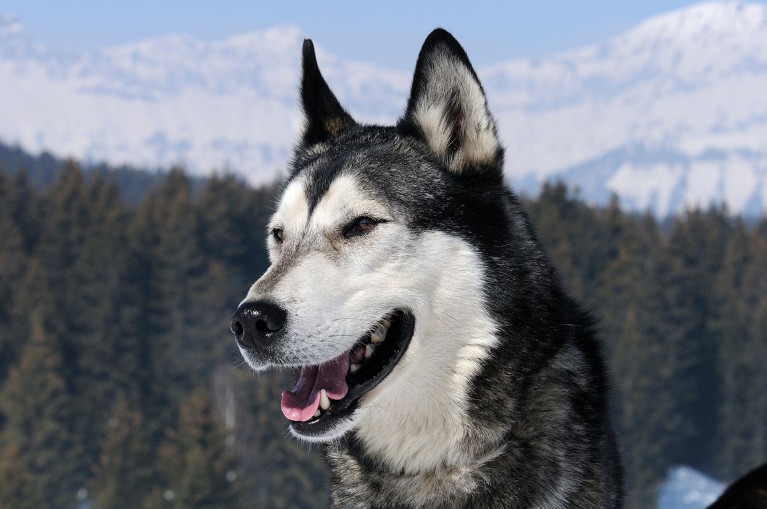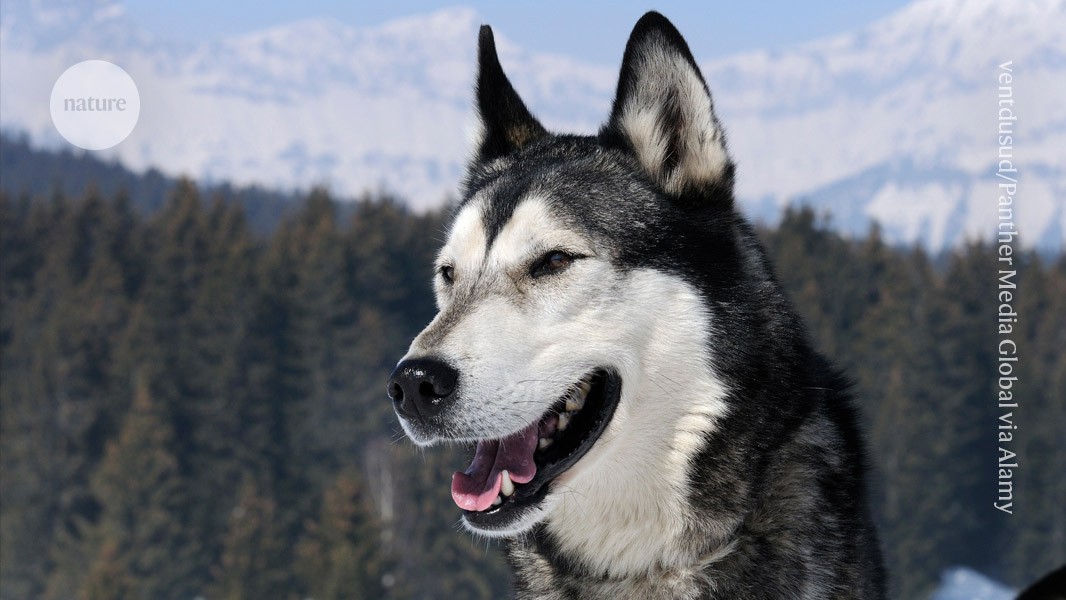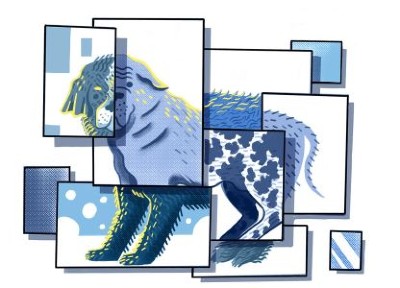
Modern huskies have ancestral connections to early Arctic dogs.Credit: ventdusud/Panther Media Global via Alamy
From Pomeranians to poodles, Saint Bernards to spaniels, dogs come in all shapes and sizes, a feature usually attributed to Victorian breeders.
But an analysis of skulls from than 600 ancient and modern dogs and wolves suggests that much of the diversity seen in present-day dogs emerged thousands of years ago1.
The analysis, together with a study of ancient dog genomes from central and eastern Eurasia2 — both published today in Science — offers clues about dogs’ origin story, but still no firm answers as to when, where or why they were first domesticated from wolves.
“Dogs, from very early on in their relationship with humans, are a really important part of human cultures and society,” says Carly Ameen, a bioarchaeologist at the University of Exeter, UK, and co-author of one study.
Distinctive skull shape
One challenge for scientists studying the origins of domestic dogs is that it can be hard to determine whether fossils, especially very old ones from the last Ice Age, belonged to dogs or wolves.
To address this, bioarchaeologists Allowen Evin, at CNRS University of Montpelier in France, and Carly Ameen, at the University of Exeter, UK, and their team compared three-dimensional scans of the skulls of 643 dogs and wolves that lived in the past 50,000 years.
Genes unleashed: how the Victorians engineered our dogs
This analysis identified a distinctive dog skull shape — a shortened snout and widened face, compared to wolves — that was first seen in nearly 11,000-year-old fossils from northwest Russia. Earlier work had found that these specimens’ genomes also resembled that of domestic dogs3. Not long after, in dogs associated with late hunter-gatherers and early farming populations, there was “an explosion” in the variety of dog skull shapes and sizes, says Evin, capturing more than half of the diversity in today’s breeds.
“We often assume that dog diversity emerged since the Victorian period over the last two centuries,” she says “But no — what we found is that from the beginning, there is a huge diversity, much more than what we expected.” Ameen adds that extreme skull shapes such as the flat faces observed in pugs and bulldogs aren’t found in the archaeological record, and must have come later.
The reason for this early dog diversity is not clear. It could represent early breeding efforts, as humans sought to adapt dogs to the needs of different populations, such as hunting, safety or even companionship, Evin says.
Linked ancestries
The second Science study suggests that ancient human groups valued the distinctive features of their dogs. The team who carried out the research — which includes several authors in common with the skull study — sequenced the genomes of 17 dogs, found in East Asia and Central Eurasia, from the past 10,000 years, and compared them with previously published genomes from this period.



